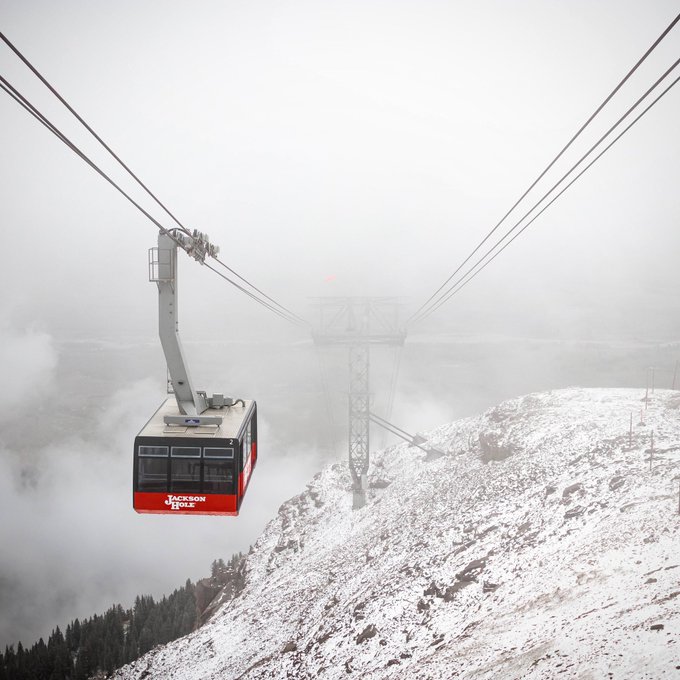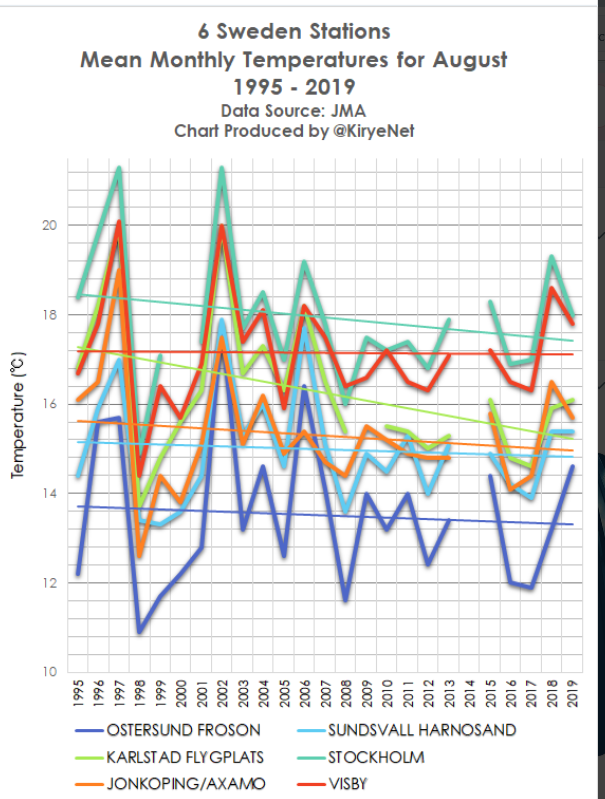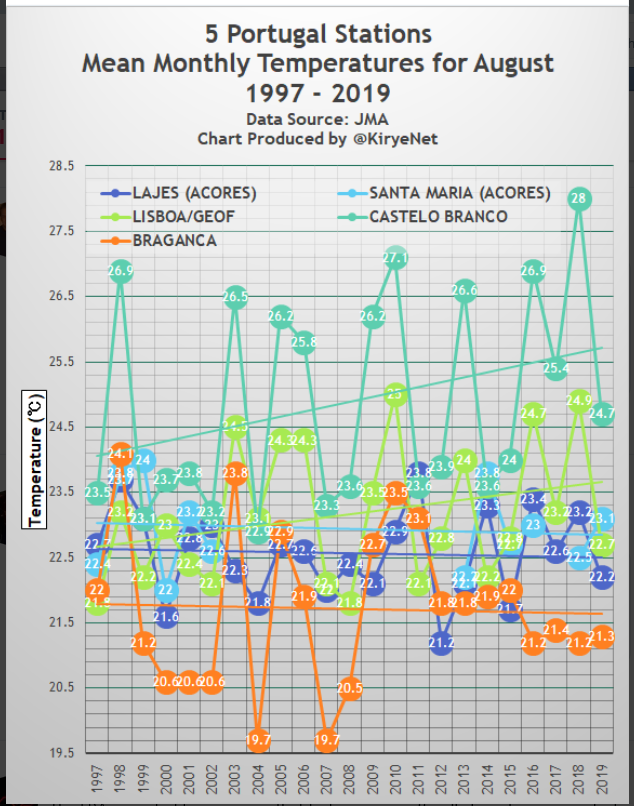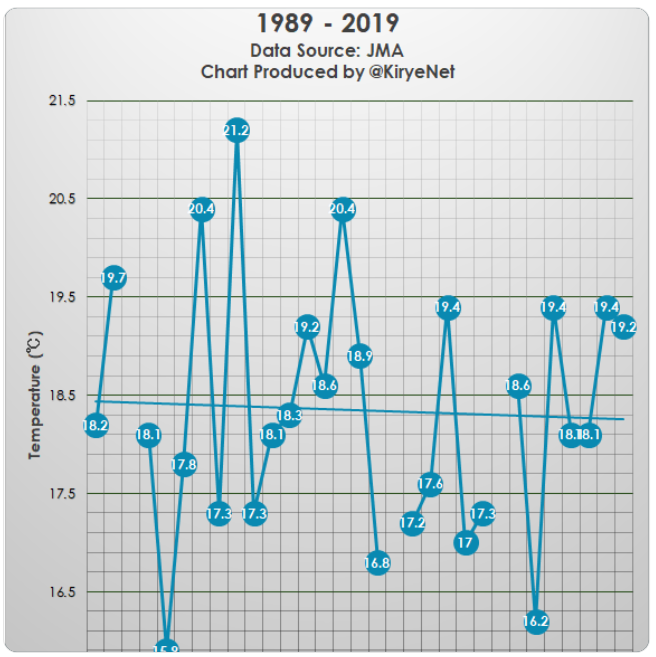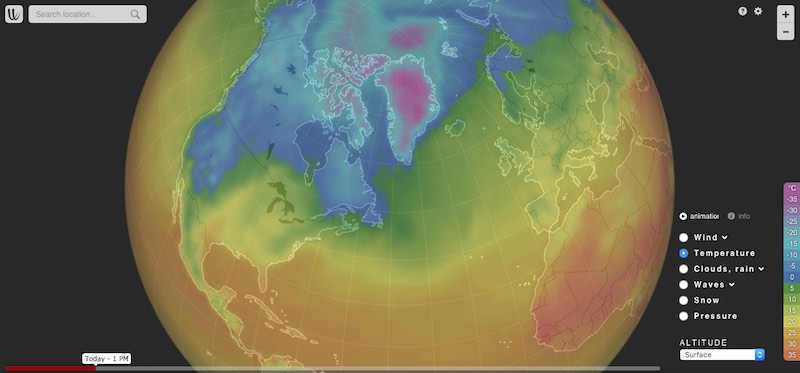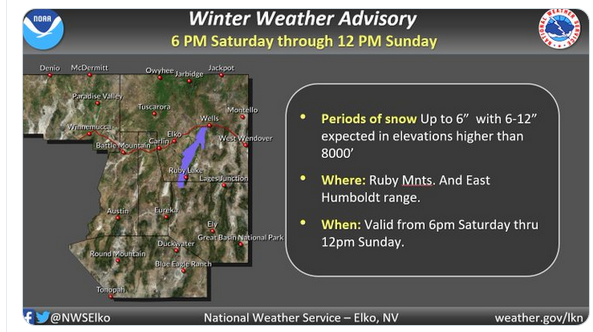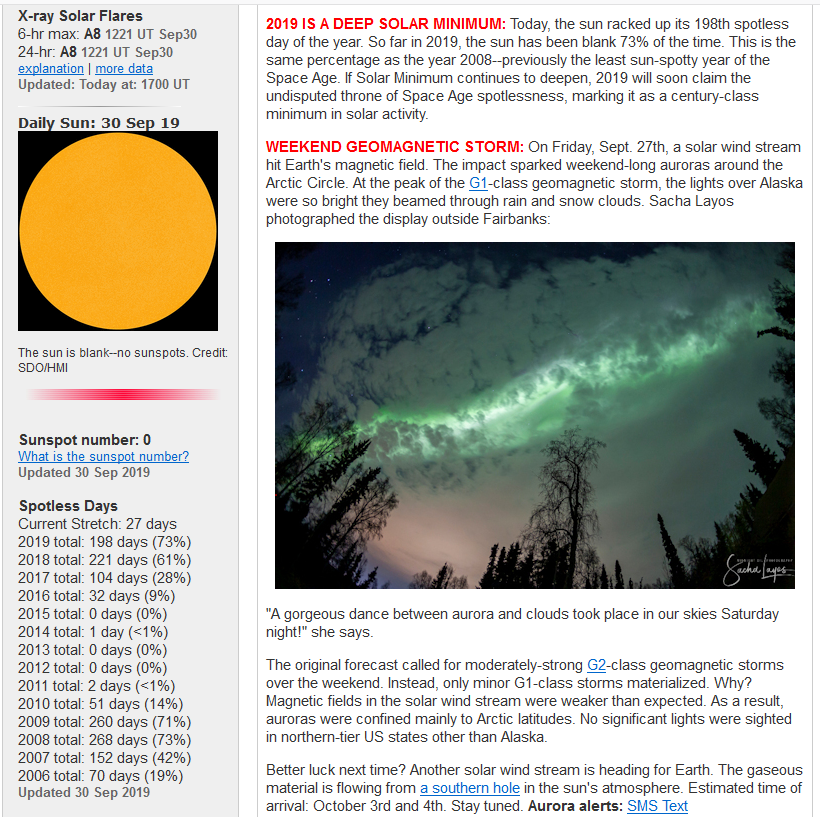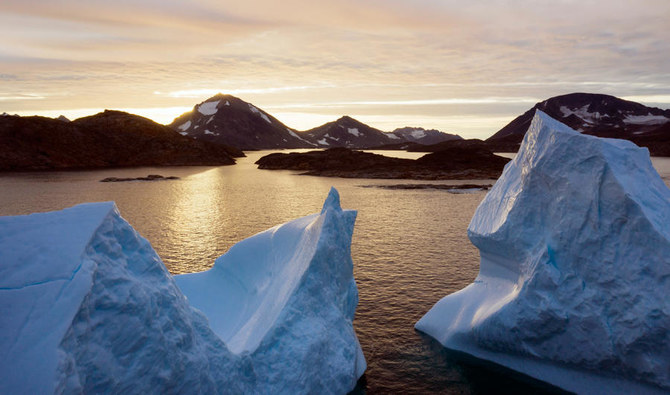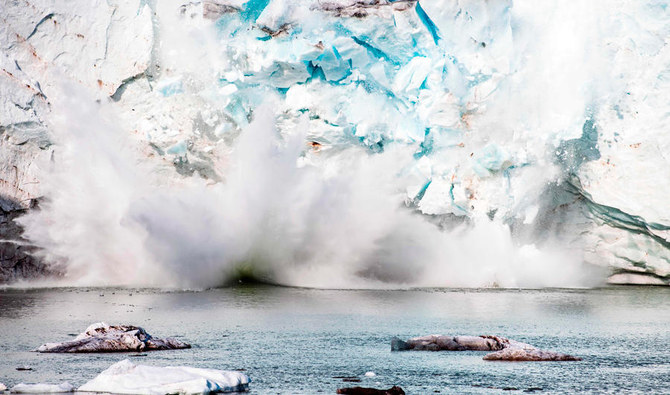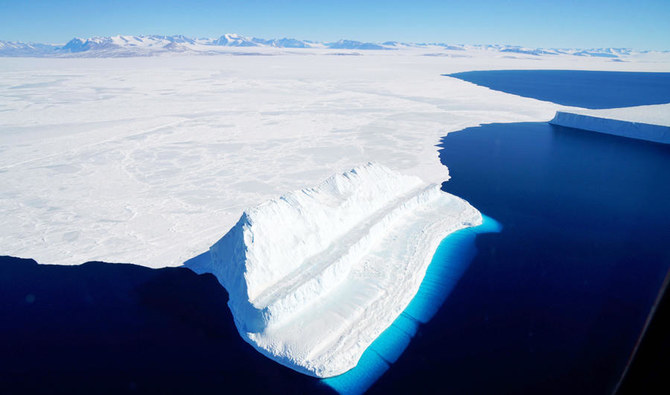Commuters in the Denver metro area will experience quite a shock on Thursday morning. Following temperatures that rose
near 80 on Tuesdayand likely will soar
above 80 on Wednesdayafternoon, Denver will then be blasted with snow and frigid temperatures that plunge
into the teens by Wednesday night into Thursday.
Early Wednesday morning, the bulk of the snow was falling over portions of Montana,
AccuWeather radar indicated. However, snow and slippery travel was also being reported in portions of Washington state, including around Spokane where new daily snowfall record for Oct. 8 was set. Spokane International Airport
recorded 3.3 inches of snowTuesday, shattering the previous record for the day, which was a trace set in 1981.
More than 31,000 power outages were reported in the Spokane area early Wednesday morning,
according to Avista, the energy company that provides power to much of the region. There were also numerous reports of tree limbs breaking from the weight of the snow.
A
slew of winter storm warnings and watches and freeze warnings
were in effect across parts of seven states as the storm ramped up Wednesday.
Arctic air is charging southward at the same time a storm moves eastward from the Pacific Ocean over the northern Rockies and Plains.
The arrival of the Arctic air and the strengthening storm will cause weather conditions to change rapidly, whether in the mountains, over the passes or on the Plains.
As temperatures plunge to the 30s, 20s and teens, any rain that falls during the onset of the storm will change to snow from north to south and from higher elevations to lower elevations in the region.
Motorists will be at risk from getting stuck as road conditions quickly transition from wet to slushy and snow-covered.
Travel along portions of Interstate 15, I-25, I-29, I-70, I-80, I-90 and I-94 will be difficult and dangerous. It is possible that travel on portions of some of these major highways is shut down for a time into late week. (Article continues with maps.)


